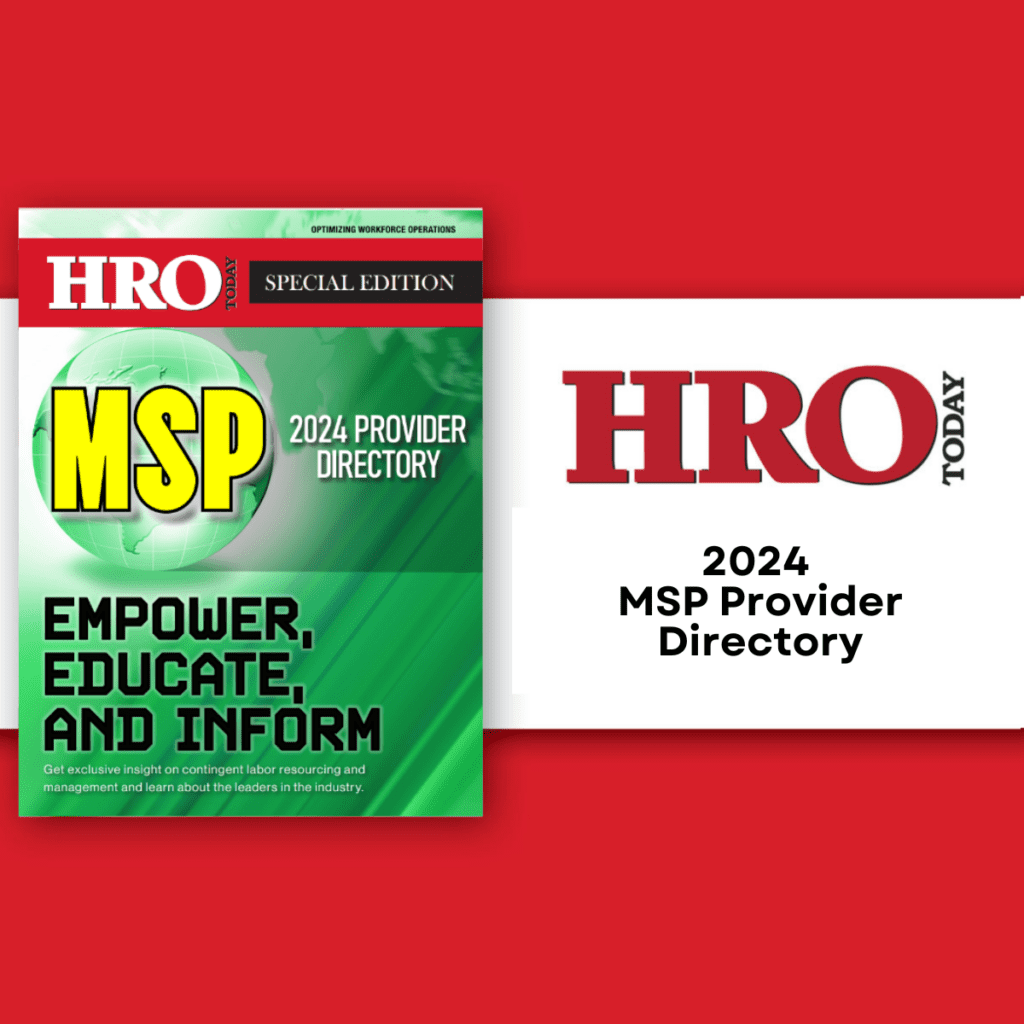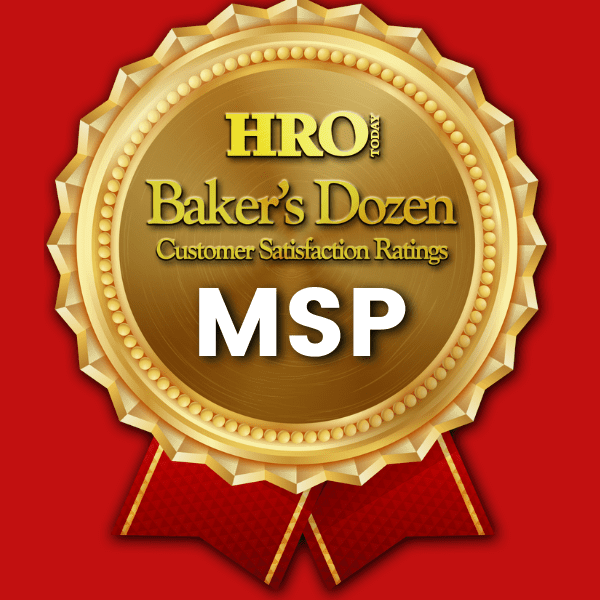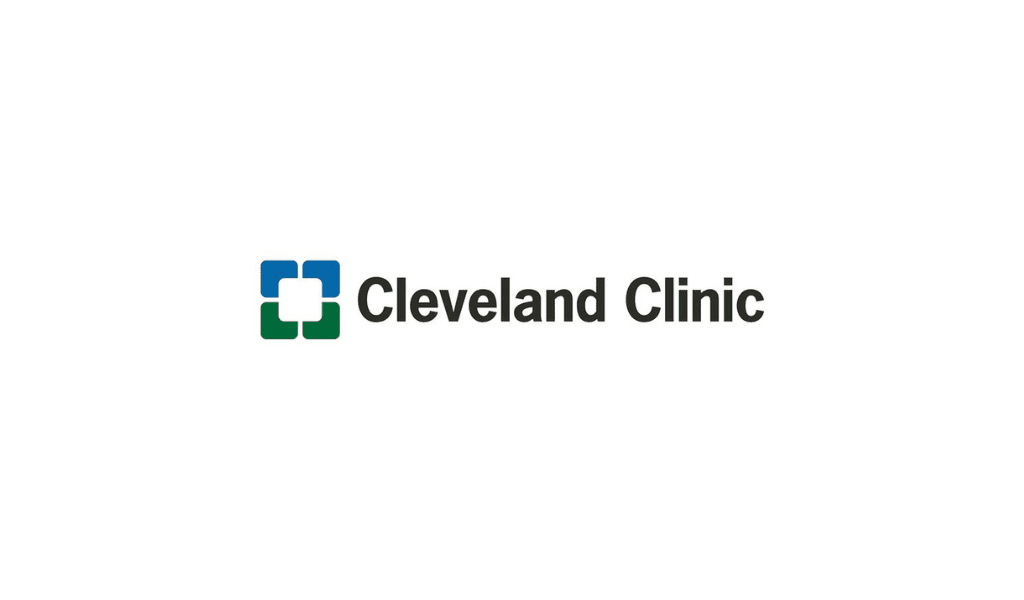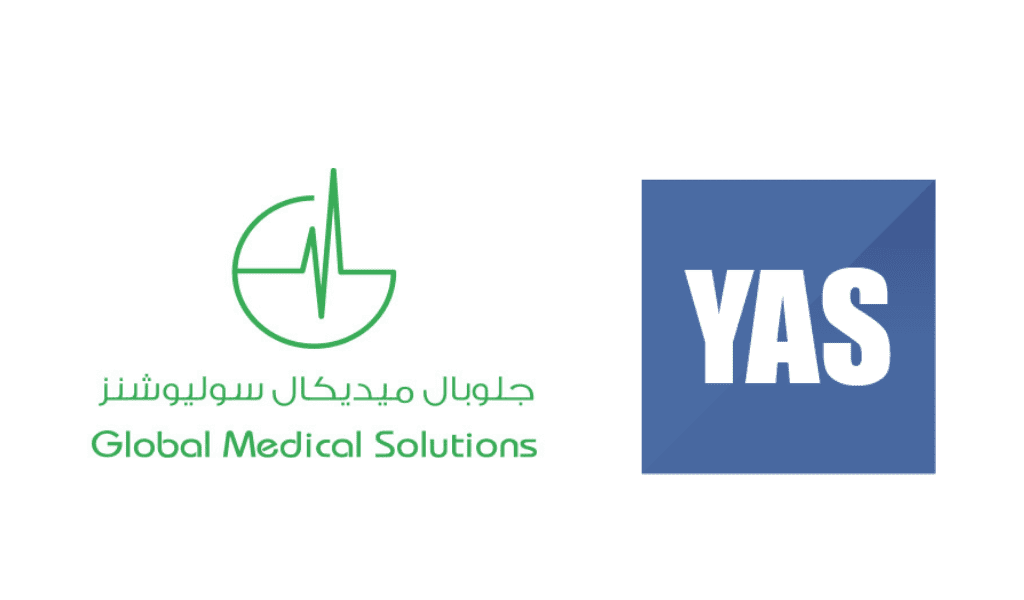 The many benefits healthcare organizations can achieve from a managed service program and its technology.
The many benefits healthcare organizations can achieve from a managed service program and its technology.
By Bob Livonius
Fear of change is a terrible thing, and if we all succumbed to it, no breakthrough progress would ever occur. In this era of healthcare transformation, change is unavoidable. Since organizations must control costs, improve quality, and expand coverage and fluctuating reimbursement policies, many are turning to managed serve providers (MSP) and vendor management systems (VMS) to achieve these goals.
Healthcare organizations have been leveraging MSPs and VMSs for 10 years to handle the complex and arduous tasks of managing their large, aggregated workforce of contingent clinicians. in fact, well-respected hospital systems such as New York-Presbyterian, MedStar Health, Parkland, Kaiser Permanente of California, Tenet and HCA, among others, have turned to third-party assistance. More than 50 percent of members of the National Association of Locums Tenens Organizations (NALTO) have signed up tow rok with a VMS or MSP. NALTO sets the standards for quality and integrity, so it speaks volumes that a large majority of its members believe in reputable and professional MSP/VMS providers.
One reason the healthcare industry began leveraging both MSP programs and VMSs was because of challenges with agency staffing models and eroding confidence in an individual vendor’s ability to deliver accurate credentialing. MSP programs and VMSs simplify complexity while protecting quality so that hospitals can focus on their most important task -patient care.
Some of the benefits that healthcare organizations can achieve through a MSP and VMS include:
1. Expert partners help ensure that the highest recruitment and credentialing standards will be met, standards that are equal to or greater than those of the provider itself.
Quality in recruitment is based on the professionalism of the partner that provides the services, not on systems or technology.
3. Access to staffing agencies is abundant.
4. Databases are protected and network of staffing companies can remain confidential.
5. A 15 to 25 percent cost savings through improved utilization of staffing is typical.
Patient care will always be the core service of healthcare providers, but recruitment and contingent workforce management need not be -once a trustworthy partner is found. If a MSP program and VMS can provide these services at quality and cost levels that are equal to or better than the healthcare provider itself, it’s an opportunity that should not be overlooked. Already, between 25 and 35 percent of healthcare systems use a MSP program and/or a VMS.
The healthcare environment is not going to get any easier in the coming years. It’s actually going to get more complex and more difficult. An expert, professional MSP program and VMS partner can relieve that complexity and difficulty from the shoulders of healthcare providers. Vague fears should not stand in the way.
Bob Livonius is past chairman of the American Staffing Association and is currently president of AMN Healthcare Workforce Solutions.














